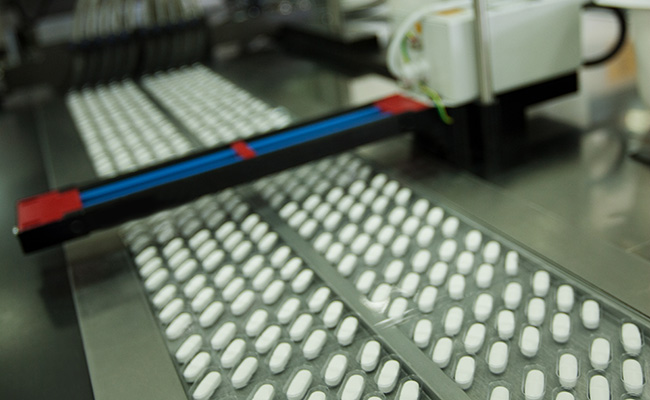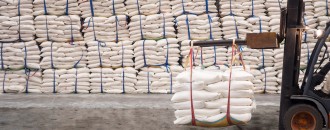The growth estimate has been revised down from 10%-12% to 5% for the current fiscal due to increased regulatory actions faced by Indian drug makers
The Dollar Business Bureau

India Rating and Research has revised the pharma sector’s outlook for FY17 to ‘stable’ from ‘positive’ and said it expects muted export revenue growth and stable domestic revenue growth during the year
Feburary 08, 2015 | 3:28pm IST.

 India Rating and Research has revised the pharma sector’s outlook for FY17 to ‘stable’ from ‘positive’ and said it expects muted export revenue growth and stable domestic revenue growth during the year
India Rating and Research has revised the pharma sector’s outlook for FY17 to ‘stable’ from ‘positive’ and said it expects muted export revenue growth and stable domestic revenue growth during the year





 to success.
to success.